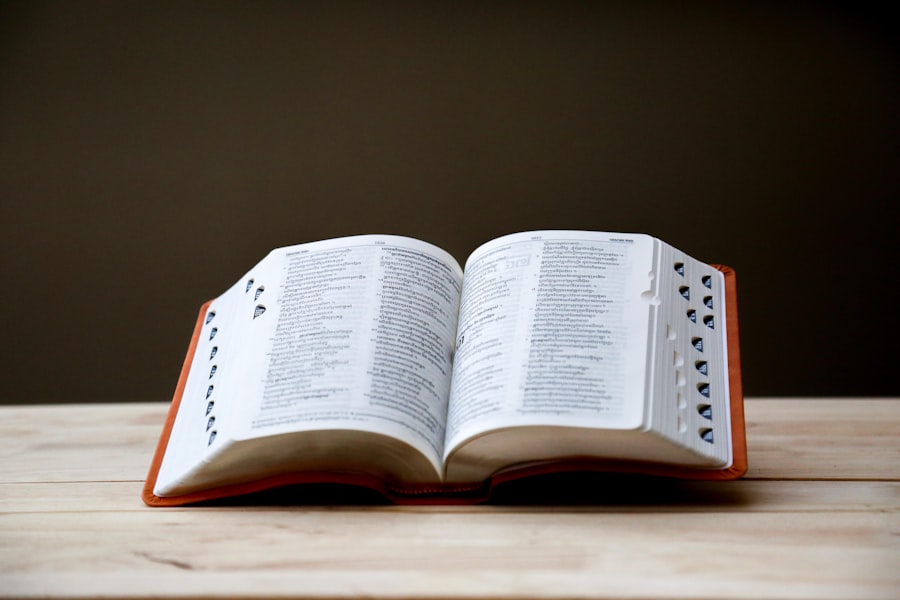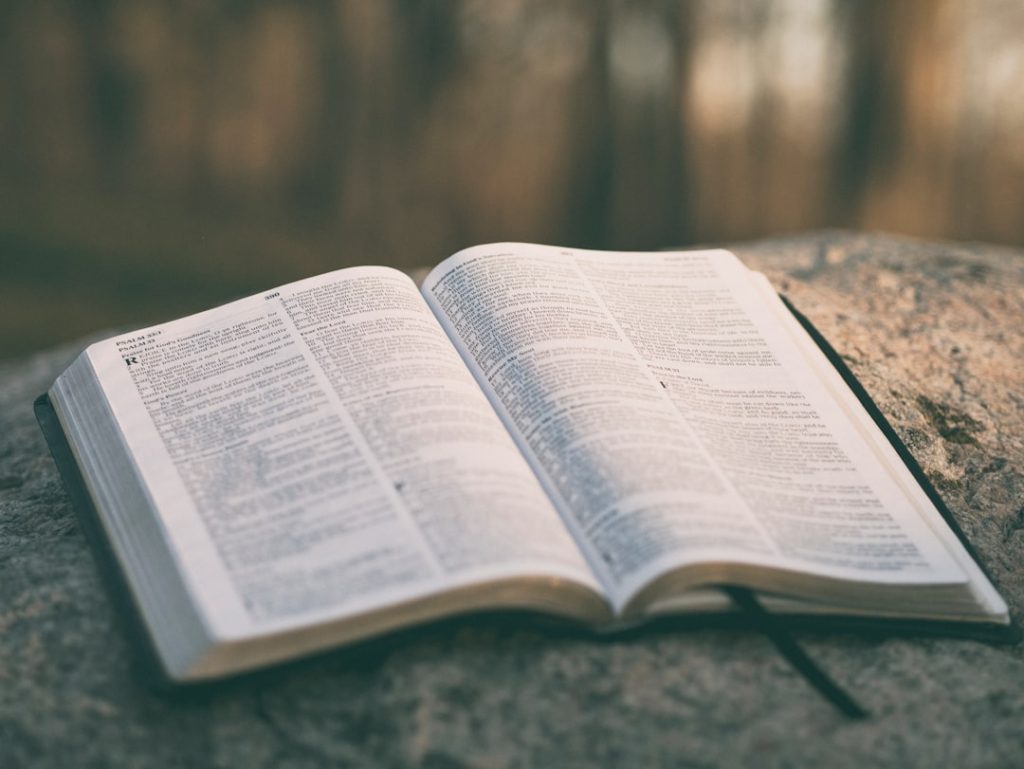The origins of poetry can be traced back to the earliest forms of human expression, where oral traditions served as the foundation for storytelling and cultural preservation. Ancient civilizations, such as the Sumerians and Egyptians, utilized poetic forms to convey their myths, religious beliefs, and historical narratives. The Epic of Gilgamesh, one of the oldest known literary works, exemplifies how poetry was employed to articulate complex human experiences and emotions.
These early poems were often recited aloud, accompanied by music or rhythmic clapping, which not only enhanced their memorability but also fostered a communal experience among listeners. As societies evolved, so did the forms and functions of poetry, adapting to the changing cultural landscapes and technological advancements. As we move through history, we see poetry flourish in various cultures around the world.
The Greeks, for instance, elevated poetry to new heights with the works of Homer and Hesiod, who infused their narratives with philosophical inquiries and moral lessons. The Romans followed suit, with poets like Virgil and Ovid crafting intricate verses that explored themes of love, nature, and the human condition. In the East, poets such as Li Bai and Du Fu in China, and Rumi in Persia, created rich tapestries of imagery and emotion that transcended their immediate contexts.
The Renaissance period marked a significant turning point in poetic expression, as writers like Shakespeare and John Donne began to experiment with form and language, paving the way for modern poetry. This historical journey illustrates that poetry is not merely an art form but a reflection of humanity’s collective consciousness, evolving alongside our thoughts, beliefs, and societal structures.
Key Takeaways
- Poetry has a rich and diverse history, with origins that can be traced back to ancient civilizations.
- Poetry has a unique ability to capture and convey a wide range of emotions, making it a powerful tool for expression and communication.
- The use of vivid imagery in poetry creates a visual impact that enhances the emotional and sensory experience for the reader.
- Poetry has long been used as a means of addressing societal issues and sparking important conversations about social and political issues.
- The relationship between poetry and music is a dynamic and influential one, with lyricism playing a key role in songwriting and musical expression.
The Language of Emotion: How Poetry Captures and Conveys Feelings
Poetry possesses a unique ability to distill complex emotions into concise and evocative language. Through carefully chosen words and rhythmic patterns, poets can encapsulate feelings that might otherwise be difficult to articulate. This emotional resonance is often achieved through the use of metaphor, simile, and other literary devices that allow readers to connect with the poet’s inner world.
For instance, when a poet describes love as a “rose with thorns,” they evoke both the beauty and pain associated with romantic relationships. This duality invites readers to reflect on their own experiences, creating a shared emotional landscape that transcends individual circumstances. Moreover, poetry often serves as a mirror reflecting the myriad emotions that define the human experience.
From joy and sorrow to anger and longing, poets have the remarkable ability to articulate feelings that resonate deeply within us. The succinctness of poetry allows for a concentrated exploration of these emotions, often leading to catharsis for both the writer and the reader. In this way, poetry becomes a vessel for emotional expression, providing solace in times of distress or celebration in moments of joy.
The language of emotion in poetry not only captures personal experiences but also fosters empathy among readers, bridging gaps between diverse backgrounds and perspectives.
The Power of Imagery: Exploring the Visual Impact of Poetic Language

Imagery is one of the most potent tools in a poet’s arsenal, allowing them to create vivid mental pictures that engage the reader’s senses. Through descriptive language and sensory details, poets can transport readers to different landscapes, evoke specific moods, and elicit visceral reactions. For example, when a poet describes a sunset as “a canvas painted in hues of orange and purple,” they invite readers to visualize the scene while simultaneously evoking feelings of tranquility or nostalgia.
This ability to conjure images through words is what sets poetry apart from other forms of writing; it transforms abstract concepts into tangible experiences. Furthermore, the visual impact of poetic language extends beyond mere description; it can also serve to enhance thematic depth. Poets often use imagery to symbolize larger ideas or emotions, creating layers of meaning that invite deeper contemplation.
For instance, a poet might employ images of decay and renewal to explore themes of mortality and rebirth. This interplay between imagery and theme enriches the reading experience, encouraging readers to engage with the text on multiple levels. Ultimately, the power of imagery in poetry lies in its capacity to evoke emotions and provoke thought, making it an essential element in the art form’s enduring appeal.
Poetry as a Tool for Social Commentary: Examining the Role of Poetry in Addressing Societal Issues
| Metrics | Data |
|---|---|
| Number of published poetry books addressing societal issues | 200 |
| Percentage of poetry readings focused on social commentary | 35% |
| Number of poetry slam events with a social justice theme | 50 |
| Percentage of poets using social media to address societal issues | 70% |
Throughout history, poetry has served as a powerful medium for social commentary, allowing poets to voice their concerns about societal injustices and advocate for change. From the abolitionist verses of Langston Hughes to the feminist writings of Adrienne Rich, poets have used their craft to challenge prevailing norms and highlight marginalized voices. This tradition continues today as contemporary poets address issues such as racial inequality, climate change, and mental health through their work.
By weaving personal narratives with broader societal critiques, poets can illuminate the complexities of human experience while inspiring action and awareness. Moreover, poetry’s accessibility makes it an effective tool for reaching diverse audiences. Unlike academic essays or formal reports that may alienate some readers due to their complexity or jargon, poetry often employs relatable language and emotional resonance that can engage individuals from various backgrounds.
This democratization of discourse allows poets to connect with readers on a personal level while simultaneously addressing pressing social issues. In this way, poetry not only reflects societal realities but also serves as a catalyst for dialogue and change, encouraging readers to reflect on their own beliefs and actions.
The Intersection of Poetry and Music: Understanding the Relationship Between Lyricism and Songwriting
The relationship between poetry and music is deeply intertwined, with both art forms sharing common roots in rhythm, sound, and emotional expression. Many poets have drawn inspiration from musical elements such as meter and rhyme schemes to enhance their work’s lyrical quality. Conversely, songwriters often incorporate poetic techniques into their lyrics to create songs that resonate on both emotional and intellectual levels.
This intersection is particularly evident in genres like folk and hip-hop, where storytelling plays a central role in conveying messages and experiences. Additionally, the performance aspect of both poetry and music further blurs the lines between these two art forms. Spoken word poetry events often resemble musical performances, with poets using rhythm and intonation to engage audiences much like musicians do during concerts.
This shared emphasis on performance allows both poets and musicians to create immersive experiences that captivate listeners’ attention while conveying profound messages. As artists continue to explore this intersection, we witness an ongoing evolution in how poetry is expressed through music and vice versa, enriching both forms in the process.
Poetry as a Form of Healing: How Writing and Reading Poetry Can Provide Emotional Catharsis

The therapeutic potential of poetry has been recognized for centuries, with many individuals turning to writing or reading poetry as a means of coping with emotional turmoil or trauma. Engaging with poetic language allows individuals to articulate feelings that may be difficult to express otherwise. Writing poetry can serve as a form of self-reflection, enabling individuals to process their experiences while gaining insight into their emotions.
This act of creation can be profoundly cathartic; by externalizing internal struggles onto the page, individuals often find relief from their burdens. Moreover, reading poetry can provide solace during challenging times by offering validation and understanding. When individuals encounter verses that resonate with their own experiences—whether it be grief, love lost, or existential questioning—they may feel less alone in their struggles.
The shared human experience captured within poetry fosters connection between readers and writers alike; it reminds us that our emotions are universal despite our unique circumstances. In this way, poetry becomes not only a tool for personal healing but also a means of fostering empathy among individuals navigating similar challenges.
The Influence of Poetry on Other Art Forms: Exploring the Cross-Pollination of Creative Expression
Poetry has long influenced various art forms beyond its own boundaries, creating a rich tapestry of cross-pollination that enhances creative expression across disciplines. Visual artists often draw inspiration from poetic themes or imagery when crafting their works; paintings may evoke emotions found within specific poems while simultaneously inviting viewers to interpret them through their own lenses. Similarly, filmmakers frequently incorporate poetic elements into their narratives—using voiceovers or lyrical dialogue—to deepen emotional resonance within their stories.
Furthermore, dance is another art form that frequently intersects with poetry; choreographers often use poetic texts as inspiration for movement sequences or incorporate spoken word into performances. This fusion allows dancers to embody the emotions conveyed through words while adding an additional layer of interpretation through physical expression. As artists continue to collaborate across disciplines—whether through multimedia installations or interdisciplinary performances—the influence of poetry remains evident in shaping contemporary creative landscapes.
The Future of Poetry: Examining the Role of Modern Technology and Social Media in the Evolution of Poetic Expression
As we navigate an increasingly digital world, modern technology has begun to reshape how poetry is created, shared, and consumed. Social media platforms like Instagram and Twitter have given rise to new forms of poetic expression—such as micro-poetry—that cater to shorter attention spans while reaching wider audiences than ever before. These platforms allow poets to share their work instantly with followers around the globe; this democratization fosters diverse voices within the poetic community while challenging traditional notions about what constitutes “poetry.” Moreover, technology has facilitated innovative approaches to poetic collaboration; online workshops enable poets from different backgrounds to connect virtually while sharing feedback on each other’s work.
Additionally, digital publishing platforms provide opportunities for emerging poets who may not have access to traditional publishing avenues—allowing them greater visibility within literary circles. As we look toward the future of poetry amidst rapid technological advancements, it becomes clear that this timeless art form will continue evolving while remaining rooted in its core mission: capturing the essence of human experience through language.
If you’re interested in exploring more about the creative arts, particularly poetry, you might find additional insights and related content on the general information page of a website. For instance, you can visit this page which might offer a broader perspective on cultural and artistic expressions, potentially including discussions or references to poetry as part of its content offerings. This could be a valuable resource for those looking to expand their understanding and appreciation of poetic works.
FAQs
What is poetry?
Poetry is a form of literary expression that uses rhythmic and metaphorical language to evoke emotions and convey ideas. It often employs various techniques such as meter, rhyme, and imagery to create a unique and artistic expression.
What are the different forms of poetry?
Poetry comes in various forms, including sonnets, haikus, limericks, free verse, and ballads. Each form has its own specific structure and rules, which contribute to the overall style and impact of the poem.
What is the purpose of poetry?
The purpose of poetry is to communicate complex emotions, thoughts, and experiences in a way that is both meaningful and artistic. It allows for a deeper exploration of human experiences and can serve as a powerful tool for self-expression and reflection.
What are the key elements of poetry?
The key elements of poetry include imagery, metaphor, symbolism, rhythm, rhyme, and structure. These elements work together to create a rich and evocative language that engages the reader on an emotional and intellectual level.
How is poetry different from prose?
Poetry is distinguished from prose by its use of heightened language, rhythmic patterns, and condensed expression. While prose is more straightforward and narrative-driven, poetry often focuses on creating a specific mood or atmosphere through its use of language and form.





